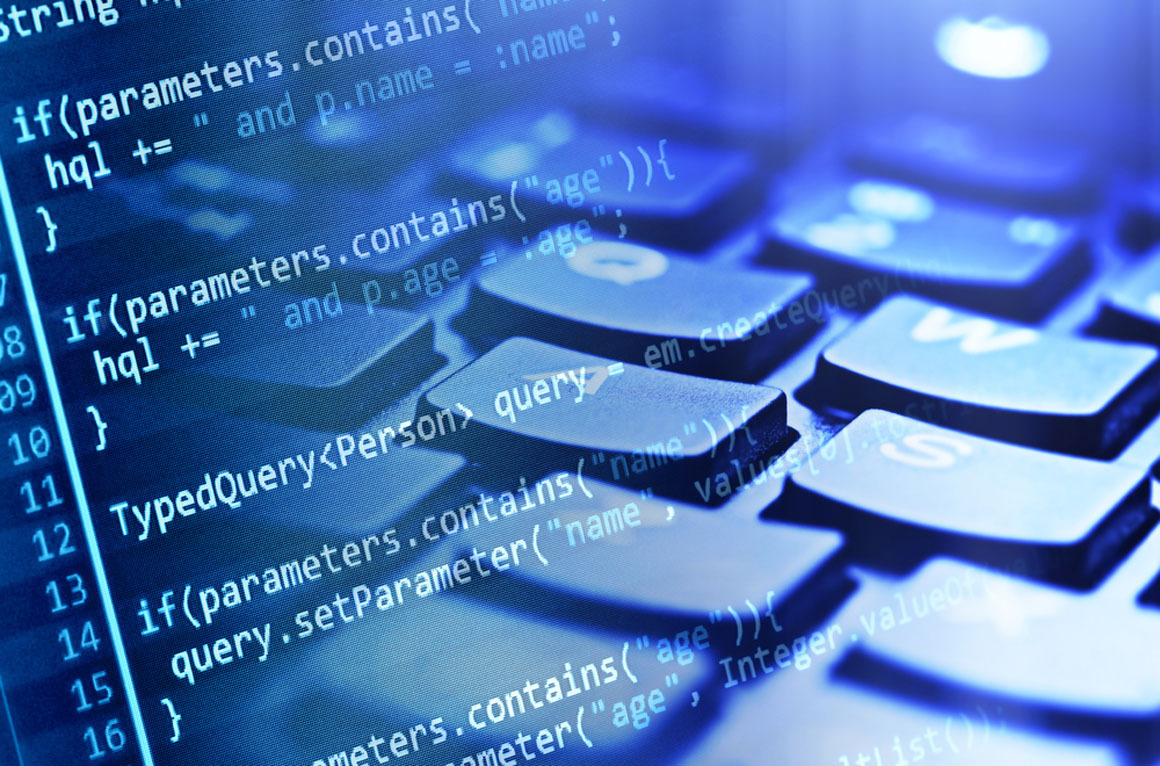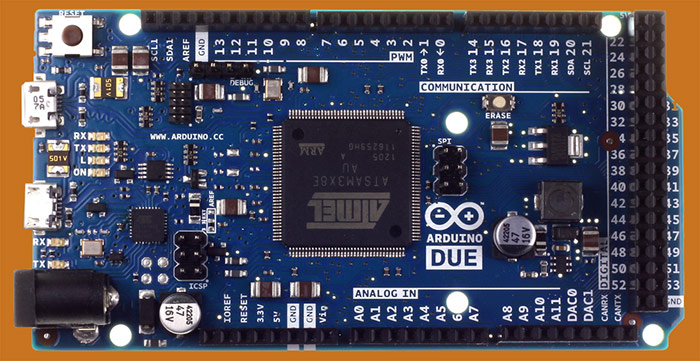
An embedded system is a system which is designed and developed for performing some specific tasks. It has a microprocessor or microcontroller. The system is devised to perform special tasks and has its own hardware and software parts. Digital Cameras, Phones, automotive systems are some of the examples of embedded systems. To perform required functionality, correct program for the system must be created. You should also have a look at Real Life Examples of Embedded Systems which will give you a better idea of why Embedded systems is so important. Moreover, you should also have a look at these Embedded System Projects.
Embedded System Programming
Now that you have an idea about embedded systems, so let's take a step forward and learn Embedded system. I am going to tell you about some basic things, every beginner need to know about embedded system programming before starting their projects.
1. Choose Programming Language
- The first step of learning Embedded System Programming is to select a programming language. Your first stage is to know all the options available and then choosing one from them according to your requirement and application.
- Embedded Systems can be programmed using both low level programming languages and high level programming language.
- Both languages have their own advantages and uses. Assembly language is used for low level programming. For high level programming, C is used mostly.
- Complex and sophisticated systems make use of low level programming languages. The user has more control on the hardware and memory with low level programming language.
- Small systems use high level programming languages. Such languages are easily understandable and the programs are readable and compact.
- As a beginner, you can start developing of your embedded system using C language.

2. Learn C/ C++
- The second thing to do for embedded system programming is to learn the programming language. The most commonly used language is C or C++.
- Most of the embedded system products are designed such that they support C language.
- This language is easy to learn and a good start for beginners. C is preferred for embedded software development.
- Programs written in C language are readable and easy to debug. This language is efficient and provides support for Input and Output devices.
- Therefore it is necessary to learn this language if you want to go for embedded system programming.
- You should get an idea about the basics of C. know about variables, conditionals, loops, structures and functions etc.
- You can check this great C# Tutorial on our blog, if you wanna learn C#.
3. Know your Microcontroller
- Microcontroller or microprocessor is the very important part of embedded system. So the third thing that you should know is your microcontroller.
- A microcontroller will act as a CPU of your embedded system. It has RAM, ROM and some other peripherals such as timers, counters etc.
- Most commonly used microcontrollers are Arduino, PIC Microcontroller or 8051 Microcontroller etc.
- Depending upon the application, first choose a microcontroller. It depends on the hardware that you want to connect with. Also the software requirements should be kept in kind while choosing microcontroller.
- It is the third step of learning embedded system programming. Now let’s move towards fourth step of embedded system programming.

4. Know Basic Electronics
- For learning embedded system programming, you need to know about electronic devices. If you have no idea about basic electronics, it is almost impossible to design embedded system program.
- Embedded system is not just writing a program. Your purpose is to make a complete system that can effect physical things. So it is necessary to learn hardware with software.
- For learning basic electronics, you can start with small projects instead of studying the details of all type of devices available.
- Also you should get an idea of basic terms like voltage, power, current, resistance etc.
- You can read tutorials about the concepts and also you can try starting with small circuits.
- Once you know these basics, you can work with your components and embedded system programming more efficiently.
5. Get your Equipment and Tools
- For learning embedded system programming, you will need some equipment other than microcontroller and hardware.
- You can start by having
- jumper wires,
- circuit boards,
- batteries,
- resistors
- leds
- soldiering iron and
- Some testing devices like DMM (digital multimeter).
- These equipment is necessary just as other parts of the system.

6. Select Components
- Selecting components is also an important part of learning embedded system programming. For each component you have a variety of types to choose from. It is important to select the one best suited for your application.
- Datasheets are available for each component. First you should learn how to read a datasheet.
- All information regarding a component can be found from its datasheet.
- You can find how to use a component, what the specifications are and what are the power requirements from a datasheet.
7. Start with Mini Projects
- The best method to learn is to practice. Before you start working on some real projects, try to work on small projects.
- Working on some mini projects will help you in getting familiar with the microcontroller and your components.
- Also you can start with microcontroller kits, it is also helpful for beginners.
- After working on such projects, you can move to your actual project.
8. Use Simulation Tools
- Using simulation for your embedded system programming is also very useful.
- It is impractical to design a system and developing it into hardware form before checking if it is working as required or not.
- Simulation allows the programmer to check for various conditions and to control different parameters. It is even more useful when working on large projects where you have minimum resources and also where trying things after developing project is expensive.
- You should have a look at these Proteus Simulation Tutorials.
If you have passed through all these steps and know your task then you can start working on embedded system programming. I hope now you have an idea that programming of an embedded product is quite different from regular programming as it requires you to know about the components, microcontroller and coding language.



